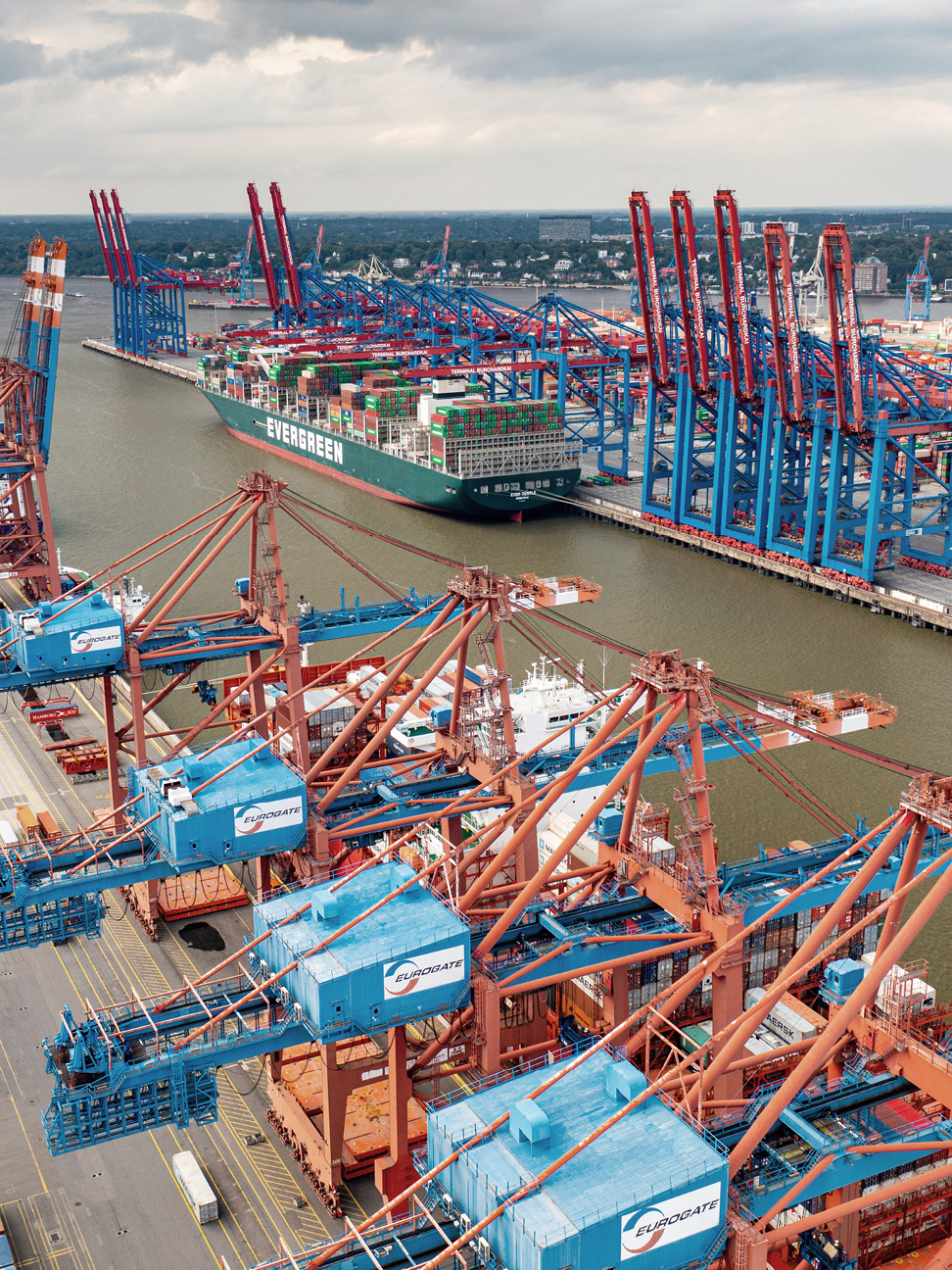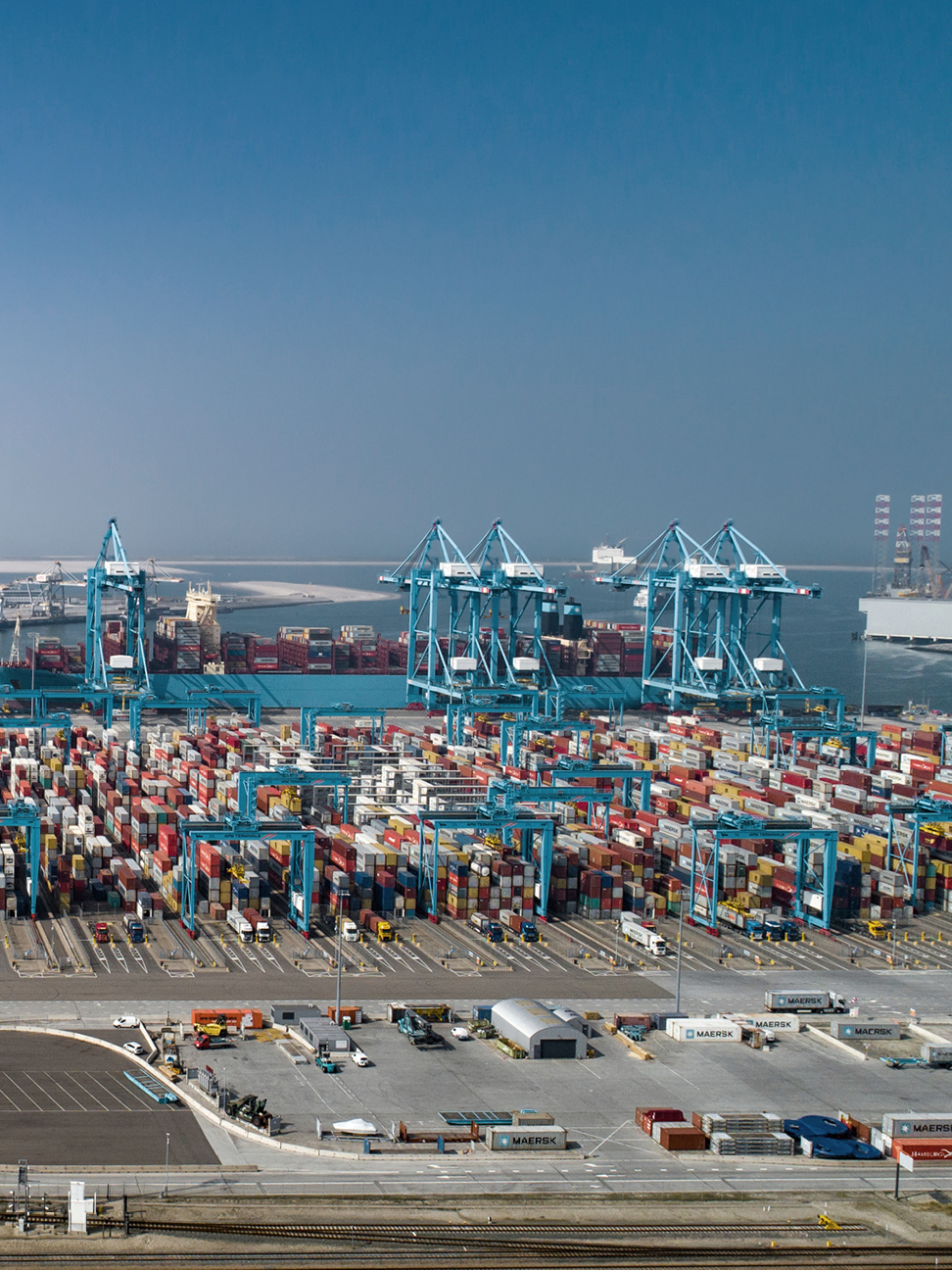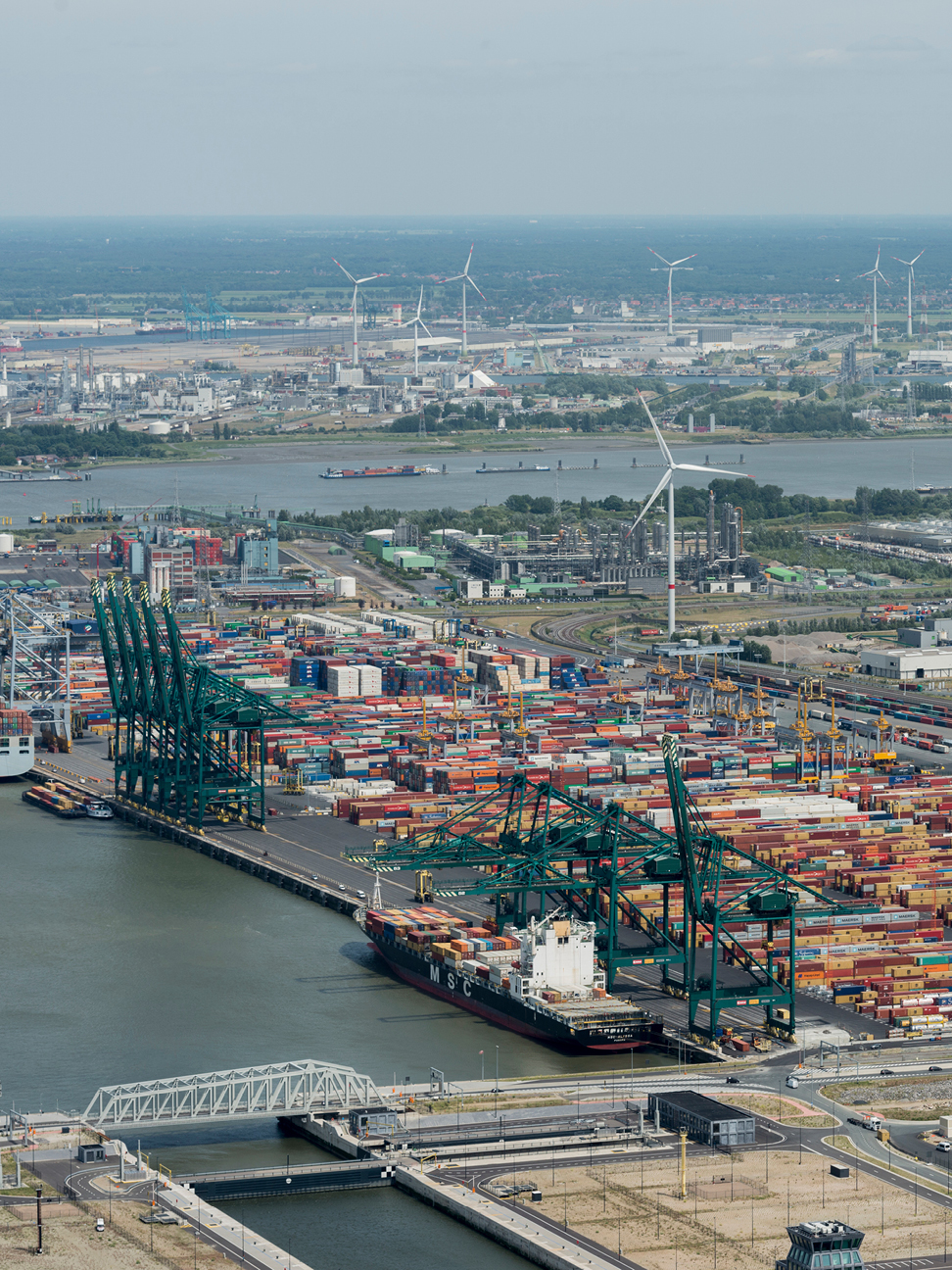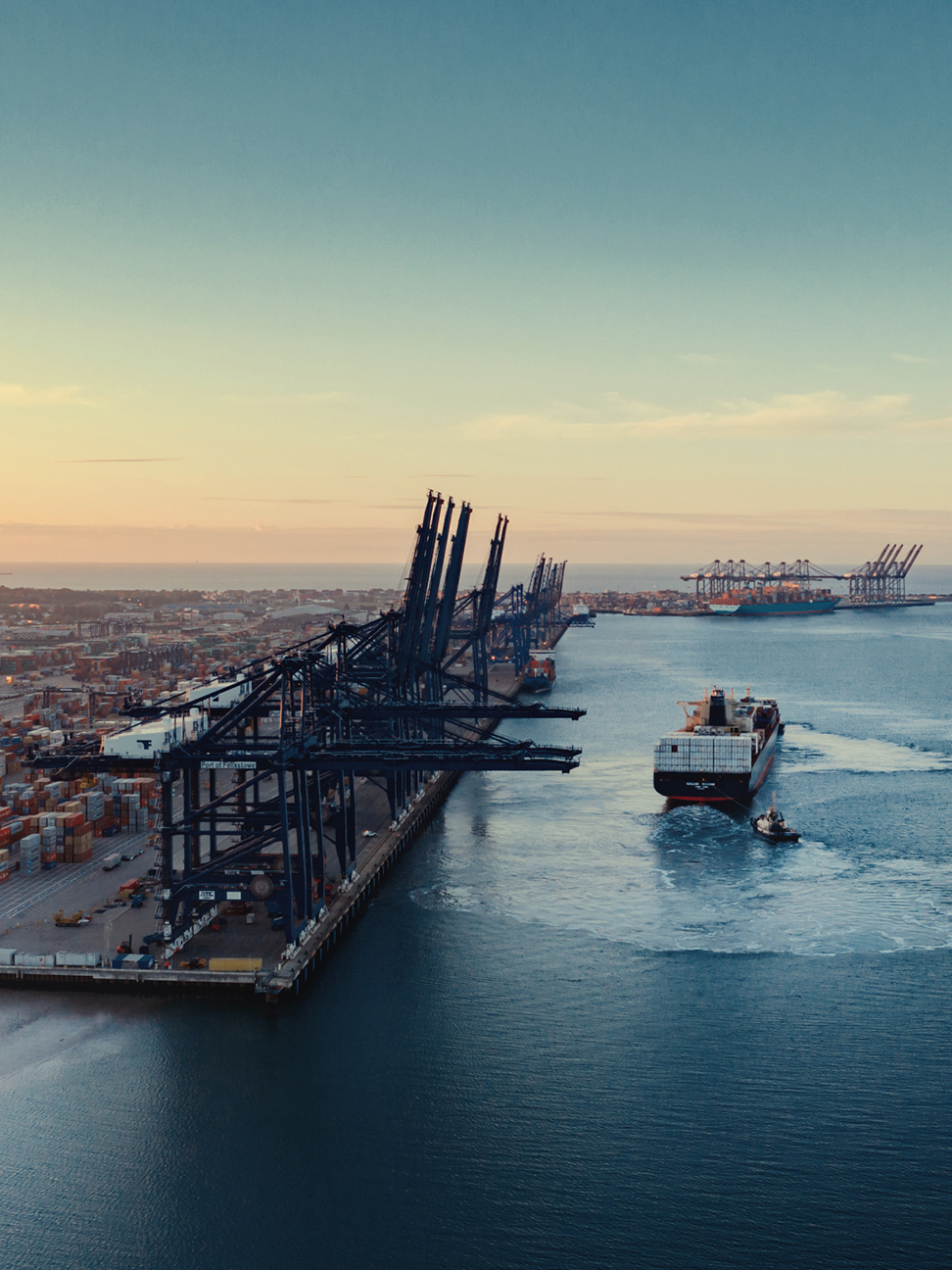Future Cities
2022 Global Seaport Review: Hamburg, Germany
Navigating evolving global seaport regions and their impact on industrial real estate
December 13, 2022 4 Minute Read

Hamburg’s maritime culture characterizes the city and its people’s attitude to life. Strong demand for logistics space from retailers and distribution companies, mixed with tight supply conditions, has led to consistent rent growth and low vacancy rates across the markets serving the port.
Overview
The Port of Hamburg, Germany’s largest and best-connected port, is the 18th-largest container port globally and the third-largest in Europe. The Northern German port sits on the Elbe River with access to the North and Baltic seas. It handles around 10,000 ship calls from Panamax and post-Panamax ships annually and ranks 15th on the United Nations Port Liner Shipping Connectivity Index.
More than 600,000 jobs in Germany depend on the port, and €2.57 billion of tax was paid in 2019 by industries dependent on the port. Logistics Initiative Hamburg (LIH) is a public-private partnership tasked with promoting the logistics capabilities of the Hamburg Metropolitan Region, including the port. This initiative helped create the only logistics hub in Germany to be awarded the EU Gold Label for cluster management excellence.
Figure 1: TEU volumes
Source: CBRE Research, Port of Hamburg, 2022.
Figure 2: Population demographics
Source: macrotrends.net, 2022.
Germany’s most significant, globally connected port at the heart of an EU Gold Label logistics hub
Port features
The port is situated on 71 square kilometers (17,544 acres), has 290 berths and 50 handling facilities. It has 75 terminals, of which four are container terminals, each with an integrated rail terminal, and a combined potential capacity of 12 million TEUs.
This potential capacity excludes the multi-purpose terminals where containers are also processed. These facilities also handle heavy cargo, out-of-gauge loads, wheeled cargo, metals, forestry goods, citrus fruits, dry bulk, liquid cargoes and cruise ships.
Plans are underway to deepen and widen parts of the Elbe River and the port so post-Panamax ships can operate regardless of the tides.
Figure 3: Port details
Source: CBRE Research, Port of Hamburg, 2022.
Trade partners
In 2020 and 2021 the port’s top six trading partners were China, the U.S., Singapore, Russia, Sweden and the U.K. China (2,561 million tonnes) accounted for substantially more trade than the next five trading partners combined (1,918 million tons). The Port of Shanghai has been a sister port since 2004.
Intermodal transportation
Hamburg is one of the most attractive logistics regions in Germany in terms of infrastructure. In 2021, 11,000 vessels collected goods from the port for onward inland shipping. Cargo leaves Hamburg daily on the Elbe River and canals into the hinterland.
Hamburg is also the major northeastern transshipment hub, and numerous feeder and short-sea services connect the port to Scandinavia, Poland, Finland, Russia, the Baltic states, the U.K., Ireland and Iceland.
The majority (52%) of freight transported from the port is distributed by rail via 2,000 rail freight connections across Europe and, in 2021, 290 weekly rail connections to 25 locations in China. The Port of Hamburg railway has a track network of around 300 kilometers, which efficiently handles around 200 trains daily.

Real estate influence
More than 10,500 logistics companies employ around 290,000 people in the wider metropolitan region. The growth of the logistics sector is driven mainly by foreign trade and local e-commerce. Logistics properties are located within the city, particularly in the port areas, in Hamburg’s industrial estates and along the A1 and A7 motorways.
The Hamburg region recorded 245,000 sq. m. of logistics take-up in the first half of 2022, down 30% year-over-year. This is largely attributable to a massive shortage of space in the area as demand exceeds supply. The retail sector accounted for 44% of H1 take-up, followed by the transport and logistics sector, at 41%. Hamburg’s average rent reached €90 per sq. m. per year in Q2, up 19% year-over-year, and is one of the most expensive markets in Europe.
Figure 4: Industrial & logistics market stats
Source: CBRE Research, H1 2022.
Explore Global Seaports by Port
Related Services
- Property Type
Industrial & Logistics
We represent the largest industrial real estate platform in the world, offering an integrated suite of services for occupiers and investors.
- Property Type
Ports
Manage all your integrated logistics needs with services that combine our industrial roots with extensive supply chain experience.
- Consulting
Supply Chain Advisory
CBRE Supply Chain Advisory helps you solve complex business problems and build distinct advantage through supply chain transformations.
Insights in Your Inbox
Stay up to date on relevant trends and the latest research.









